Wine and Cheese Pairing 101: The Ultimate Beginner’s Guide
These two icons have stood the test of time as one of the ultimate food duos. Wine and cheese are like the peanut butter and jelly of the grown-up world, and for good reason: nibbling a sharp aged cheddar between sips of Cabernet Sauvignon isn’t just delicious, it’s mouth magic.
Making this kind of magic requires a little knowledge and tradition. While most wine tastes pretty good with most cheese (go ahead, get curious and play around) some combinations really lock together like puzzle pieces. They’re at another level. Whether you’re planning a party or just want to make your next sipping-and-snacking session really excellent, this guide will lead you through the basics of which wines and cheeses are best together.
And when you’re ready for a deep-dive into the nuances of milk types, textures, and pairing traditions, head over to this post on pairing wine with wine country cheese. It’s like a seminar at wine and cheese grad school, whereas today’s blog is your friendly 101 class.
Here’s what we’re covering:
- Why wine and cheese go so well together. (Hint: science and history!)
- The basic pairing principles.
- A crash course in cheese categories—so you’ll feel more confident at the cheese counter.
- Reliable pairing suggestions, tailored to wines you’ll love.
Grab a glass—let’s get started.
Why Wine and Cheese Pairing Works
What makes wine and cheese a dream team? It’s all about balance. “Balance” might sound boring to some, but it’s actually a prime source of thrills in the realm of flavors and textures.
- Tannins dance with fat. The tannins in wine (think of that grippy texture in your mouth after sipping a bold red) bind beautifully with the fat in cheese. They mellow each other out and create a silky-smooth experience with just enough edge.
- Acidity meets creaminess. Wine’s zingy, crisp acid cuts through the richness of cheese, making your palate feel refreshed and more receptive to the nuances of the cheese. Meanwhile, the cheese’s creaminess serves as a backdrop to highlight the wine’s fine details.
Casually pairing wine and cheese dates back at least to ancient European civilizations in the Mediterranean, where both were dietary staples. The two products and their interplay was then evolved by craftsmen at monasteries during the medieval period. Later, the lavish culinary experimentation of the Renaissance era drew attention to the joys of the right wine with the right cheese. In other regions, such as Africa, traditional beverages like honey wine have likely been appreciated with cheese for centuries.
Basic Wine and Cheese Pairing Principles
When it comes to wine and cheese, a few guidelines make the selection process less daunting. Think of this as your cheat sheet for determining the best cheese for wine. You’ll be able to come up with harmonious pairings every time.
- Complement or contrast.
Pairing is all about intentionally creating a dynamic. You can be matchy-matchy, for example a supple Brie finds its soulmate in a smooth, lightly oaked Chardonnay. Or go for contrast: a tangy, salty Roquefort with Chardonnay. - Match the intensity.
Match big cheeses with big wines. Aged cheddar needs something like a bold Cabernet Sauvignon to hold its own, while delicate fresh mozzarella feels right at home with a gentle Pinot Gris. - Find textural harmony.
Light-bodied wines play well with tender cheeses. Wines with strong structure and oomph do better with assertively crumbly cheeses.
Cheese 101
Now let’s get specific about types of cheeses and the wines that bring out the best in them.
Cheese Categories
Cheese is a world unto itself, so here’s a quick breakdown of the major players:
- Fresh cheeses (like goat, ricotta): Vibrant, soft, creamy, and tangy. Best paired with crisp whites like Sauvignon Blanc or sparkling wine for a refreshing combo.
- Soft cheeses (like Brie, Camembert): Creamy and dreamy, with luxurious textures. Perfect matches include buttery whites like Chardonnay that enhance their decadence. Pinot Noir harmonizes as well.
- Semi-soft cheeses (like Havarti, Gouda): Melty delights with mild and mellow flavors. Work beautifully with medium-bodied, fruit-forward, nuanced reds like Pinot Noir.
- Hard cheeses (like Parmesan, aged cheddar): Nutty, aged, and often bold or crumbly in texture. Go for big reds like Cabernet Sauvignon to stand up to their robust flavors.
- Long-aged cheeses (like aged Gouda, Pecorino Romano): Sharp, complex, and sometimes crackling with crunchy crystals. Best enjoyed with equally complex wines like Cabernet Sauvignon or Syrah.
- Blue cheeses (like Gorgonzola, Stilton): Salty, tangy, and funky in just the right way. Pair these with sparkling, or a dessert wine such as Port for that salty-sweet contrast.
How to Taste Cheese
Good quality cheese isn’t just a satiating lump of protein and fat—it’s something to explore in a relaxed frame of mind, just like wine. Take your time and notice these key aspects:
- Texture: Is it creamy or crumbly? Dense or airy? Gooey or springy?
- Flavor: Is it nutty, tangy, or sweet? Bewitchingly pungent or mouthwateringly approachable? Funky or fresh?
Pro tips: Serve cheese at room temperature—give it 30 to 60 minutes out of the fridge to awaken its full flavor and texture. Treat each cheese like the individual masterpiece it is: use rounder knives for soft cheeses and a sharp, robust blade for firmer ones to ensure precision and poise on the plate. Be sure to pre-slice a piece or two in a way that honors the cheese’s distinct shape and rind—with your example set, your friends will know how to proceed with their own cuts.
(Mostly) Classic Wine and Cheese Pairings
You may not think you need pairing suggestions…until you’re at the cheese counter two hours before guests arrive, suddenly wondering, “Is Gruyère a good choice or just a random idea? And what wine should I open with it?” No need to do a grocery aisle phone spiral —below are La Crema-specific pairing ideas we promise are delicious. There’s endless variety in the wine and cheese world, but these are foolproof combinations that taste made for each other—starring your favorite sustainably made wines alongside cheeses you can readily find.
Red Wines
- Cabernet Sauvignon and aged cheddar. Sharp, friendly cheddar meets approachably structured bright fruit. La Crema’s supple new Sonoma County Cabernet Sauvignon is just gorgeous with firm cheeses.
- Pinot Noir and Gruyère. This earthy, elegant cheese finds a sophisticated friend in our Sonoma Coast Pinot Noir. Brie and Taleggio is also great matches for Pinot.
- Beaujolais Nouveau and Comté: Our light and juicy Beaujolais-style Red Wine Nouveau provides an energetic counterpoint to this nutty cheese.
White Wines
- Sauvignon Blanc and fresh goat cheese. The grassy tartness of chèvre tastes electrically pretty against the nectarine and grapefruit notes of our Sonoma County Sauvignon Blanc. Petit Basque is another great cheese choice if you’re a Sauv Blanc lover.
- Chardonnay and brie. For creamy perfection all around, pour our Sonoma Coast Chardonnay with a bloomy rind cheese. This wine’s citrus, apple and graham cracker flavors are also dreamy with Camembert.
- Pinot Gris and Manchego. This is a surprisingly charming duo. Our floral, crisp Pinot Gris brings a playfully romantic dimension to Manchego’s sheepy, sweet, oily tones.
Rosé
- Rosé and feta. An exhilarating combination. The stone and berry notes of our Saralee’s Vineyard Pinot Noir Rosé meld with feta’s tangy, salty flavor, especially when crumbled over a watermelon salad.
Sparkling and Dessert Wines
- Sparkling and Camembert: The La Crema Blanc de Blancs delivers a zesty brightness that uplifts the velvety rind and creamy interior of Camembert.
- Sparkling Rosé and Brillat-Savarin. What about getting fancy and bringing cheese out for (or alongside) dessert? Finishing a meal with cheese, fruit, nuts and sparkling is a centuries-old culinary tradition that feels new again. A luxurious, buttery triple-cream goes beautifully with our show-stopping Brut Rosé. Another fruity-meets-salty classic is pairing a late-harvest wine or Port with Gorgonzola and pears.
More Tips for Wine and Cheese Night
Hosting your book club or game night? Or just looking for a no-cook lunch or dinner that feels festive?
- For a group gathering, set out a minimum of three cheeses and two wines to keep things exciting. Chat about which wine you recommend with which cheese.
- If you’re putting together a cheese plate for two people (or just treating yourself), choose one wine to pair with two or three strikingly different cheeses, for example the Sonoma County Cabernet Sauvignon with aged cheddar and Gouda.
Include accompaniments like fresh figs, dried fruits, olives, honey, mustard, crackers, cured meats, pickles, and crusty bread. You can find more cheese board ideas here.
And for comprehensive hosting inspiration, check out our guide on throwing a flawless wine and cheese party. If you need to brush up on wine serving temperatures, we’ve got you.
The Don’ts
Be adventurous and prove us wrong, but in general these combinations should be avoided:
- Brie and Cabernet Sauvignon. The tannins in Cabernet can make creamy cheeses like Brie taste metallic or bitter.
- Aged cheddar and Pinot Noir. Pinot is wonderfully versatile and goes well with most cheeses, but a bold, crumbly aged cheddar can clash with the wine’s subtle earthy notes.
- Blue cheese and Sauvignon Blanc. Although they both have a tangy quality, the pungency of blue cheese tastes like it’s on a different planet from light, citrusy Sauv Blanc.
- Munster and Chardonnay. The meaty funkiness of washed-rind cheeses like Munster and Limburger puts them in a power struggle with the complex queen of white wines, Chardonnay…and awkwardness wins.
Now You’re Ready for the Cheese Counter
Screenshot our classic pairings list and use it as a guide next time you’re at the store. Knowing a few great combinations becomes a magic trick for pulling an evening together.
At La Crema, we work hard to bring you wines that are innovative, sustainably grown, and thoughtfully crafted. Our wines can be found far and wide, yet our winemaking team uses techniques that are surprisingly traditional and labor-intensive. The result is wines that taste both welcoming and nuanced—which makes them ideal for cheese pairings.
Cheers to your cheese board adventures and thank you for including us.

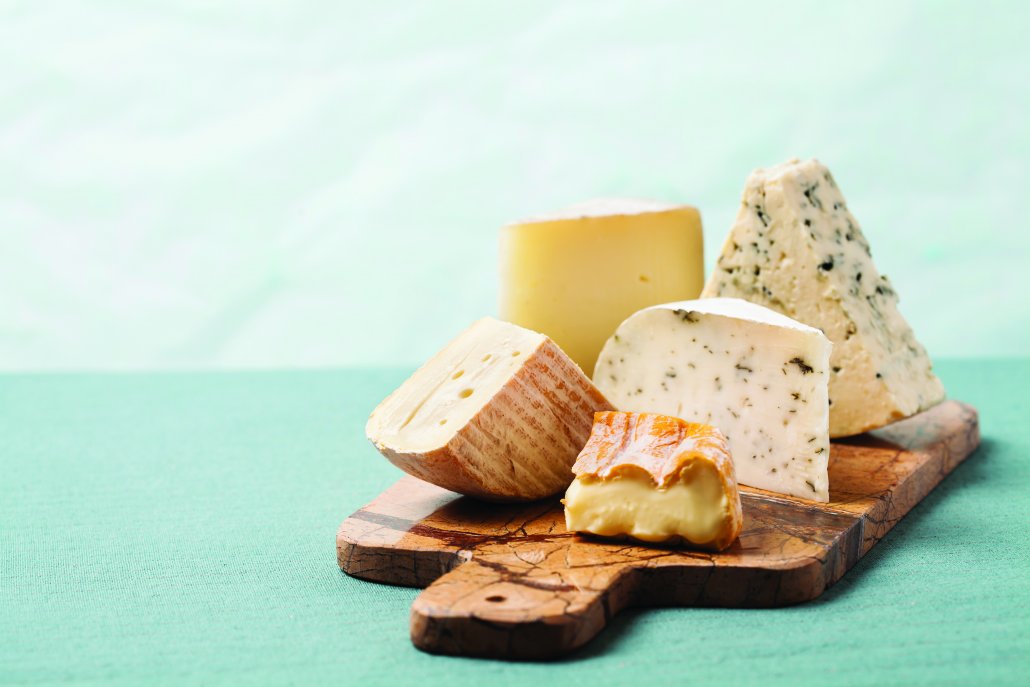
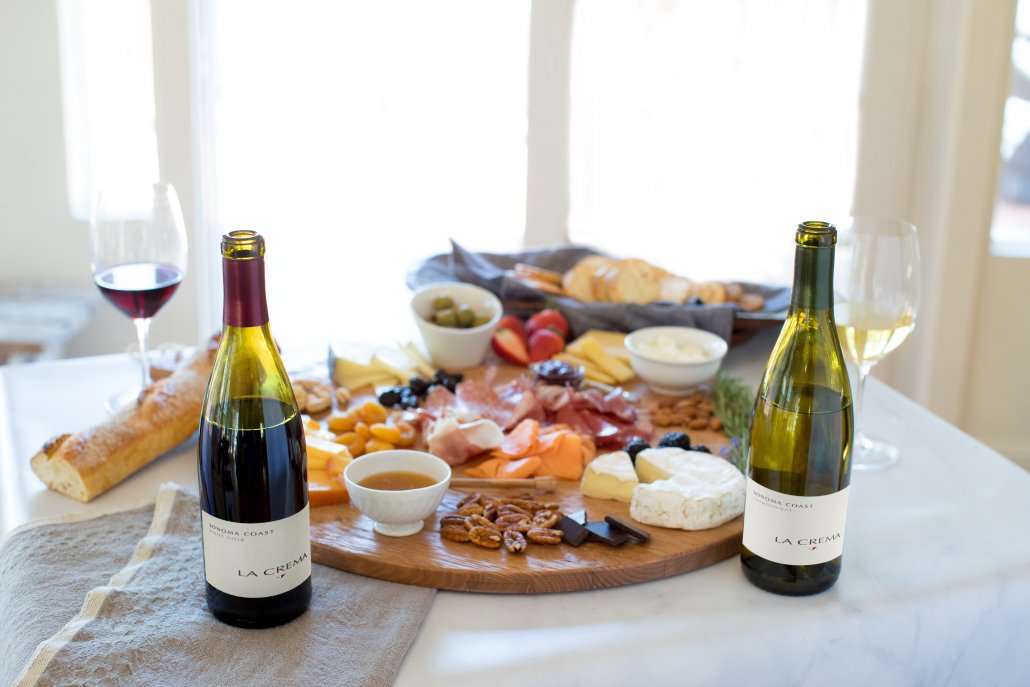
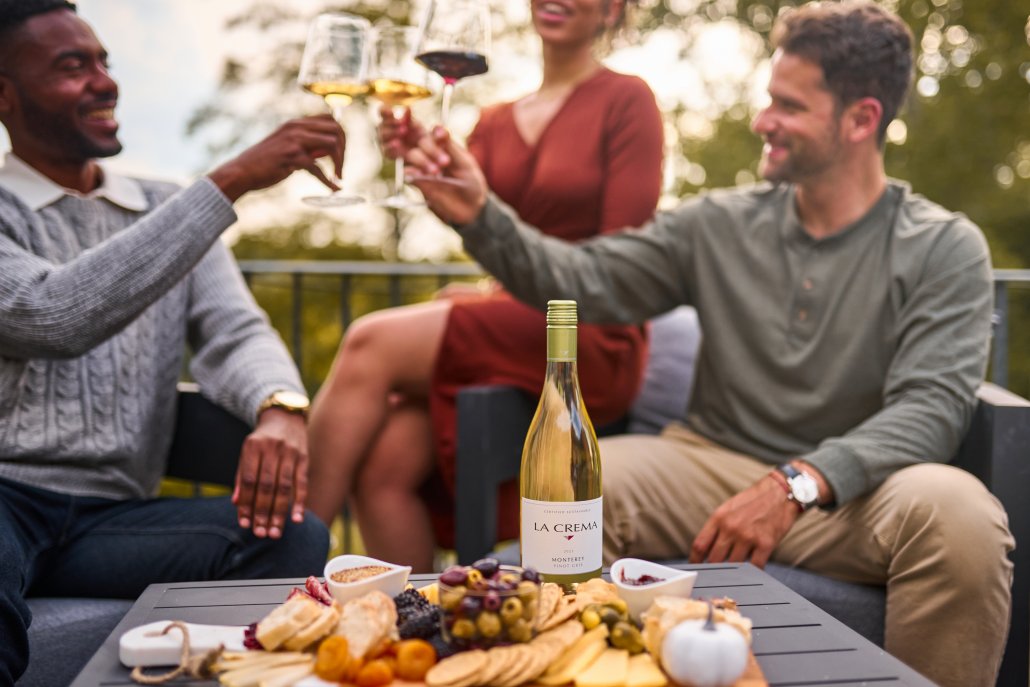
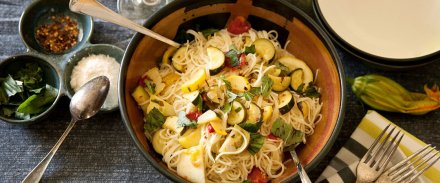
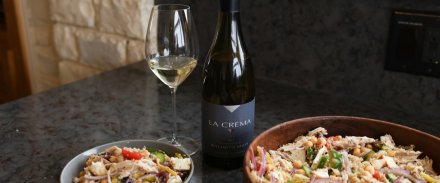

Comments